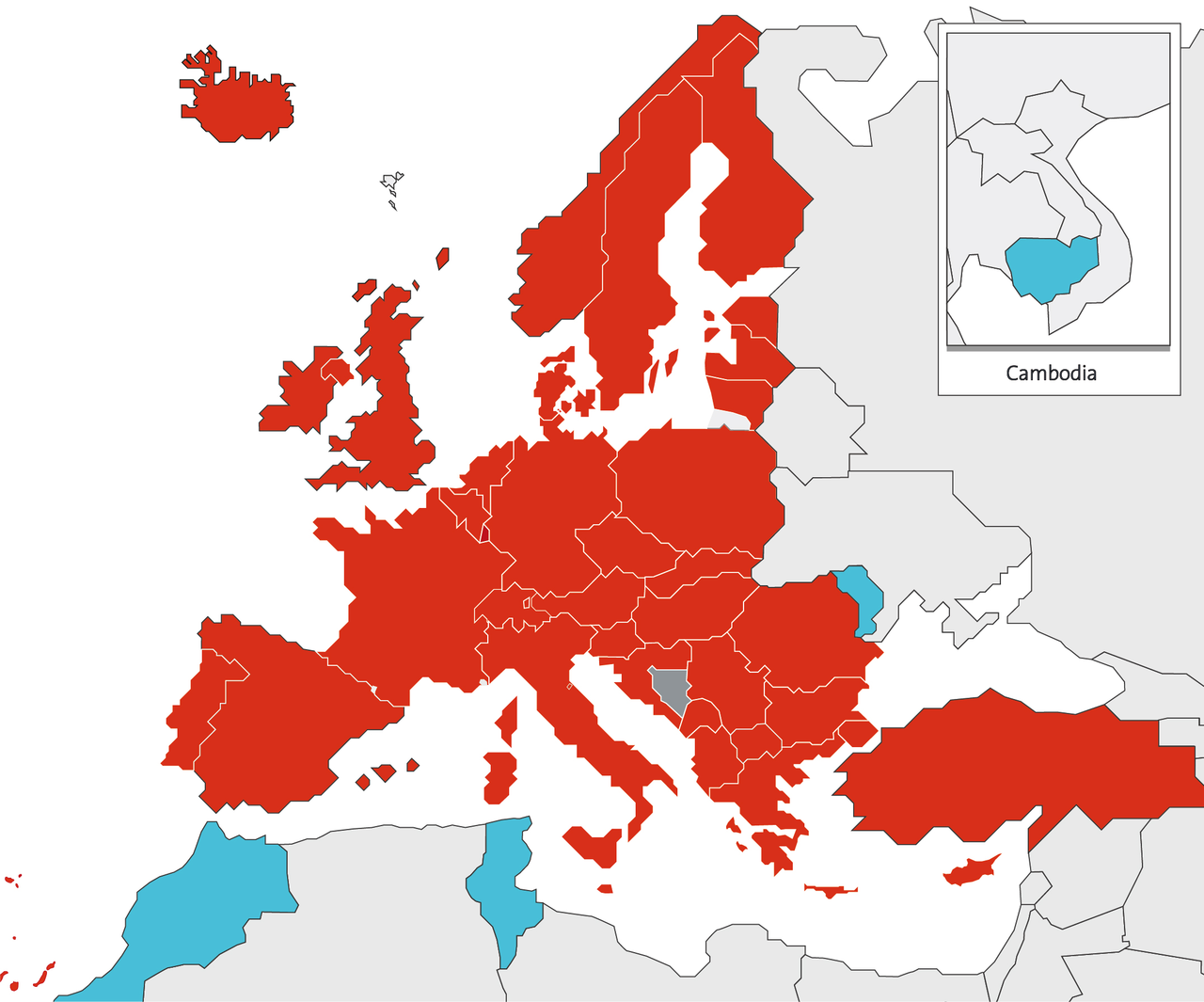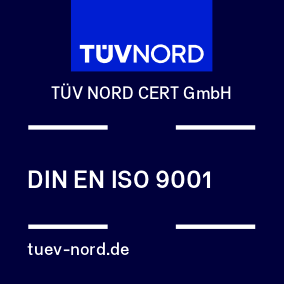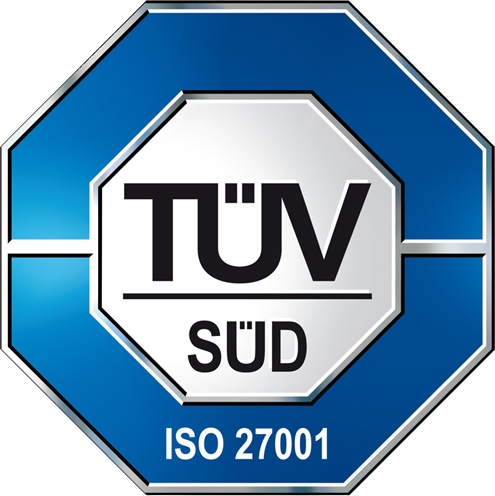Main content:
OVERVIEW
WHAT YOU SHOULD KNOW
To save the trouble of filing individual national applications, there are so-called multiple applications. A multiple application is the European patent application EP.
A European patent is not an EU patent! It is up to you whether you select all 42 countries of validity or only individual states that are of interest to you. A designation fee must be paid for each designated state, however only a maximum of 7 designation fees for all contracting states.
Tip: the search result of a national patent or utility model application filed first can tell you whether a multiple application is generally worthwhile.
WHAT IS A EUROPEAN PATENT?
A European patent is granted by the European Patent Office (EPO) in the course of a unitary patent grant procedure in accordance with the European Patent Convention (EPC) for what are now 38 contracting states, 2 validation states and 2 extension states.
Attention:
The European patent however is not valid for the whole of Europe or for the whole European Union (EU)! An "EU patent" (correctly: "European patent with unitary effect") has been in preparation for some time, but due to disputes about the admissible languages, jurisdiction and also on account of Brexit, it is subject to delays.
More information on the unitary patent: www.patentamt.at/patente/patente-service/patente-international/einheitspatent/einheitspatent-faq/
WHO CAN APPLY FOR A EUROPEAN PATENT - REPRESENTATION?
Anyone can apply for a European patent.
If the applicant is not a national of a contracting state to the EPC or is not domiciled in one of the contracting states, they must be represented by a professional representative, such as a patent attorney, except when filing the patent application before the European Patent Office. These professional representatives are entered on a list that is maintained at the EPO. Attorneys admitted to practice in one of the EPC states are also entitled to represent before the EPO after registration.
WHERE CAN YOU FILE AND IN WHICH LANGUAGE?
European patent applications can be filed either
- online (via the EPO's online filing software, the new CMS system or the web filing service)
- by post
- by fax
- in person at the EPO's Munich, The Hague or Berlin branches (note: the EPO's Vienna branch does not accept submissions!), or
- at national patent offices, provided they have met the legal requirements.
While the Austrian Patent Office accepts European applications, if only forwards them to the Munich branch. Since 1 June 2011, EP applications can also be filed electronically online at the Austrian Patent Office.
The European patent application procedure is conducted in one of the three official languages of the EPO, namely German, English or French. If the application is filed in another language, a translation into one of the three official languages must be submitted within two months of filing or upon request.
FORMAL REQUIREMENTS
According to the Austrian Patent Act, European patents are granted under the EPC for inventions that are new, involve an inventive step and are susceptible of industrial application.
A European patent application must contain at least
- a request for the grant of a European patent,
- a description of the invention,
- one or more claims,
- the drawings to which the description or the claims refer,
- an abstract.
If you have already filed an application in Austria or another country, you have received a priority date for it. Within twelve months, you can also claim this priority date for applications in other countries or also for a European patent application, i.e. the second, later application will then also be treated with this earlier priority. If a priority is claimed, at least the priority date and the country of the priority application must be indicated in the application.
The request for the grant of an Austrian patent must also indicate the contracting states for which protection is sought. A designation fee must be paid for each designated state, but not more than 7 designation fees for all contracting states.
EXAMINATION / PROCEDURE
Request
Immediately upon receipt of the application, the EPO examines whether a filing date can be accorded. This requires at least a request, the identity of the applicant and a description.
< 1 month
Within a period of one month from the filing date, the filing and search fees must be paid (additional costs for more than 35 pages or for more than 15 claims).
< 2 months
Within two months, a translation of the application documents into one of the official languages of the EPO may be required.
Additional formal requirements will also be examined (paper format, legibility of documents, representation, etc.).
Search report
The EPO carries out an extensive search according to the relevant prior art. The results are communicated to the applicant in the form of a search report.
18 months
After 18 months from the priority date, the European patent application is published. If the search report is already available, it is also published; if not, the search report is published separately later. With the publication of the application, the applicant obtains so-called provisional protection, which assures them of a certain "adequate compensation" vis-à-vis third parties.
< 24 months
Within a maximum of 6 months as of receipt of the search report, the applicant must file a request for examination and pay the necessary examination fee. In the subsequent (written) dialogue with the examiner in charge, either any existing concerns about patentability are resolved, or patentability is denied. Both the decision to grant a European patent and the decision to reject a patent application are taken by the EPO in a Senate consisting of three examiners.
Grant of patent
< 4 months
If a patent is granted, the applicant must pay the grant fee (approx. €850) and provide a translation of the claims into the other official languages (e.g. English and French) of the EPO which were not the language of the proceedings (e.g. German) within 4 months of receipt of the communication to that effect. The EPO then publishes the European patent specification. Only from this point on does the patent proprietor enjoy full legal protection of the patent.
After grant of the patent
< 3 months
Within three months of the grant of the European patent, the applicant must provide translations into the respective national language or pay the applicable renewal fees in all those contracting states in which they wish to maintain their protective right.
< 9 months
Within 9 months of the grant of the European patent, any person may lodge a written opposition to the granted European patent with the EPO. An opposition may end in rejection of the opposition, revocation of the patent in its entirety or maintenance of the patent in amended form.
An appeal may also be filed against all findings of the European Patent Office which arrived at by decision.


